The Green Belgrade: Avala Tower
Enjoying the city is always fun, however, it may get a bit tiresome especially if one is doing that wondering around summer. Cities tend to become literal ovens when sun is all the way up there in the sky, and at times like these fleeing to relatively cooler environments becomes a must. There is no real shortage of green in Belgrade, the botanical garden in the city centre and the city’s many cemeteries as well as the famous Kalemegdan Park are all there for such purposes, well perhaps cemeteries fulfill another crucial role as well… However, if you dare to take a bus from the city centre for around an hour, you will be welcomed by one of the biggest and prettiest parks the city has to offer, one that also hosts the Avala Tower! Read on for this short adventure of mine right below!
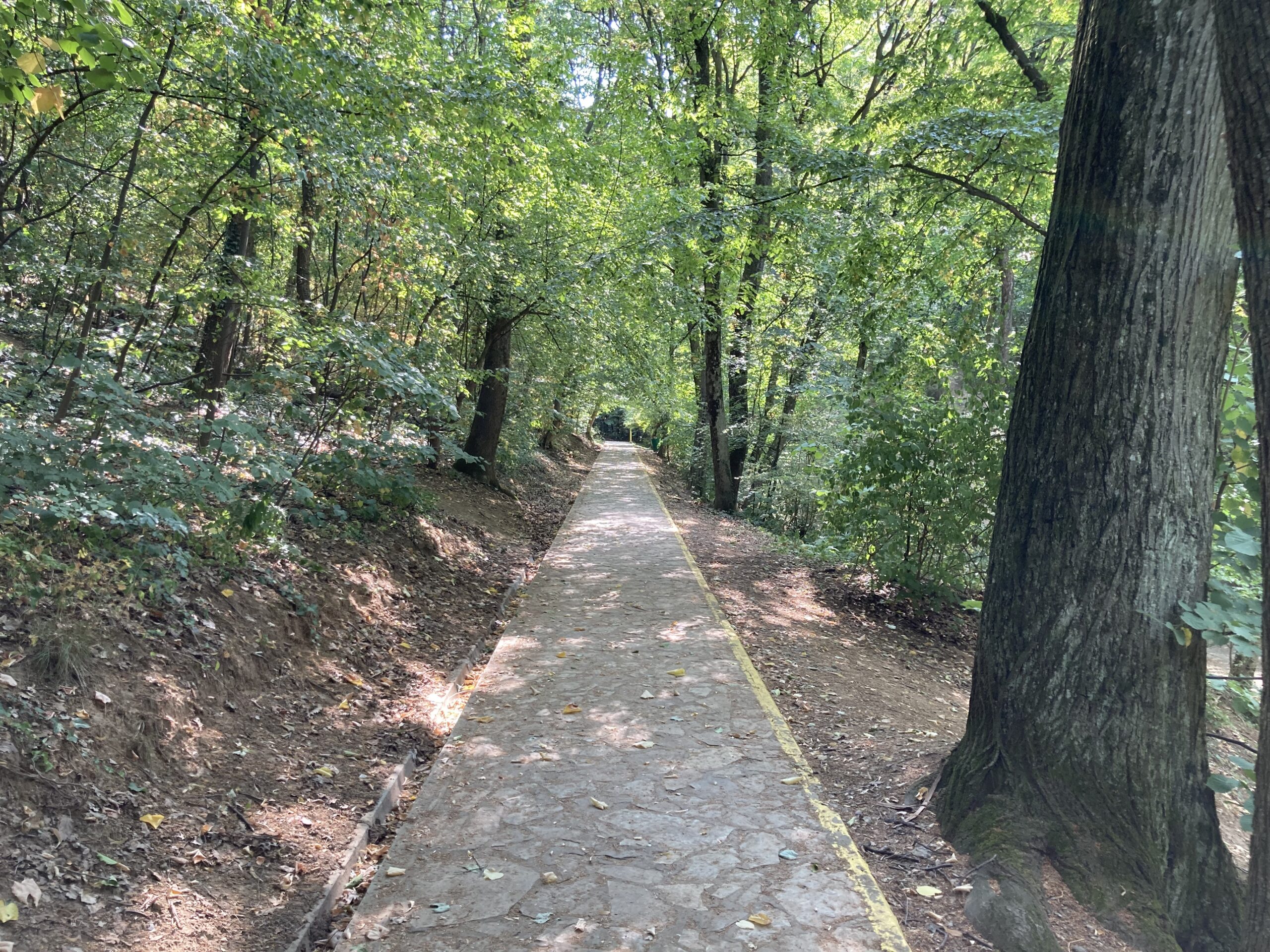
Getting to Avala is quite easy, no matter where you stay in the city. Do go ahead and check out THIS extremely short guide on how the public transport works in the city for more information on that. Basically put, you need to get on bus 401 that leaves from the bus stop that is (almost) in front of the magnificent Saint Sava Temple. You really cannot miss it, just use this link to see the exact location of where these buses leave.
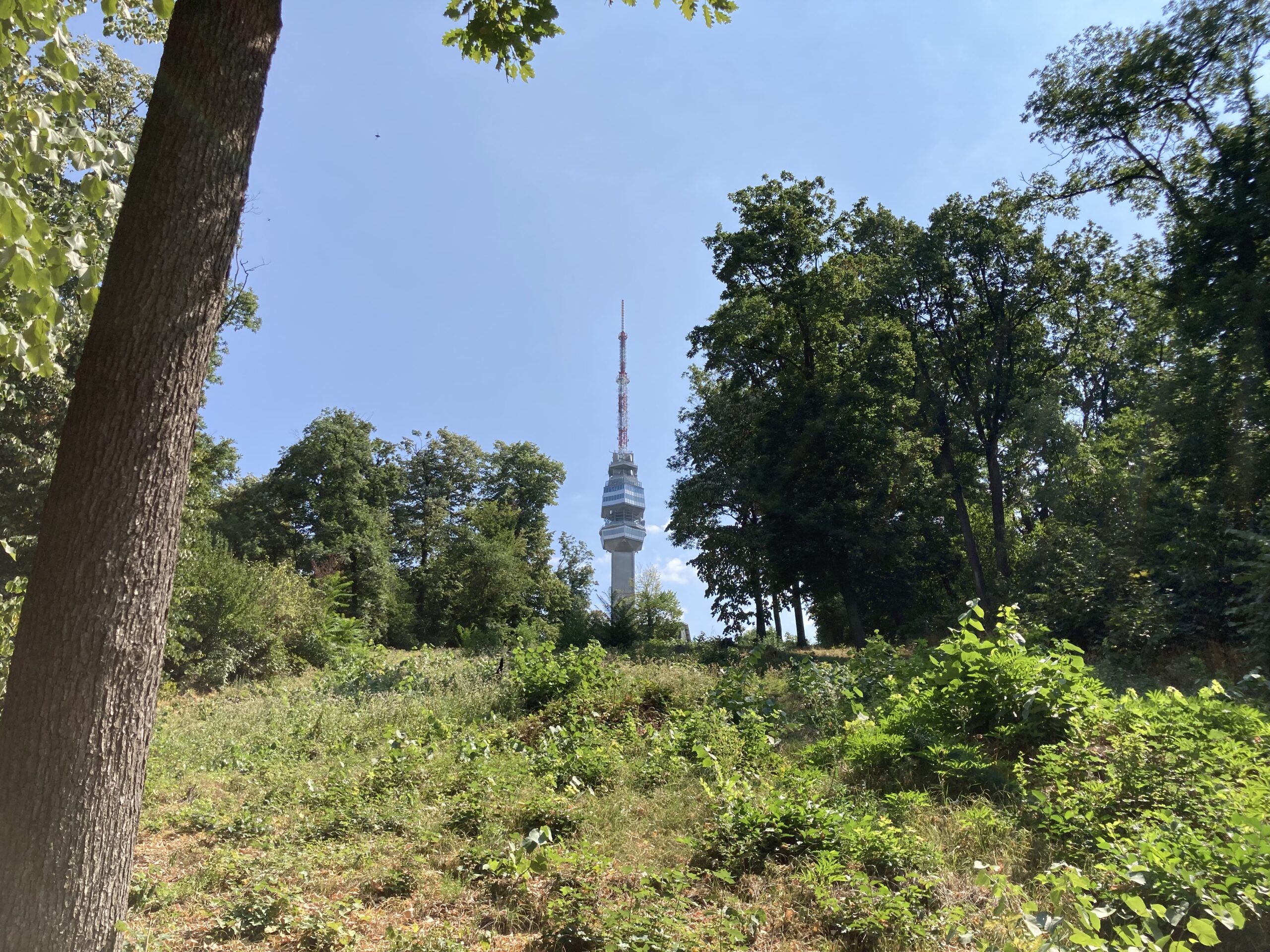
You must get off the bus at the Avala bus stop. Most people leave the bus at that time. You will also see the tower getting closer in the distance. Once you are on the ground, cross the street, and start walking up the path that goes to the mountain. Though you are supposed to “ascend” for a few hundred meters, it really does not feel like that at all since the road is very well maintained, and snakes around the hill in a way that never makes you feel like you are actually hiking. Here is the exact spot of the bus stop that you need to get off at.
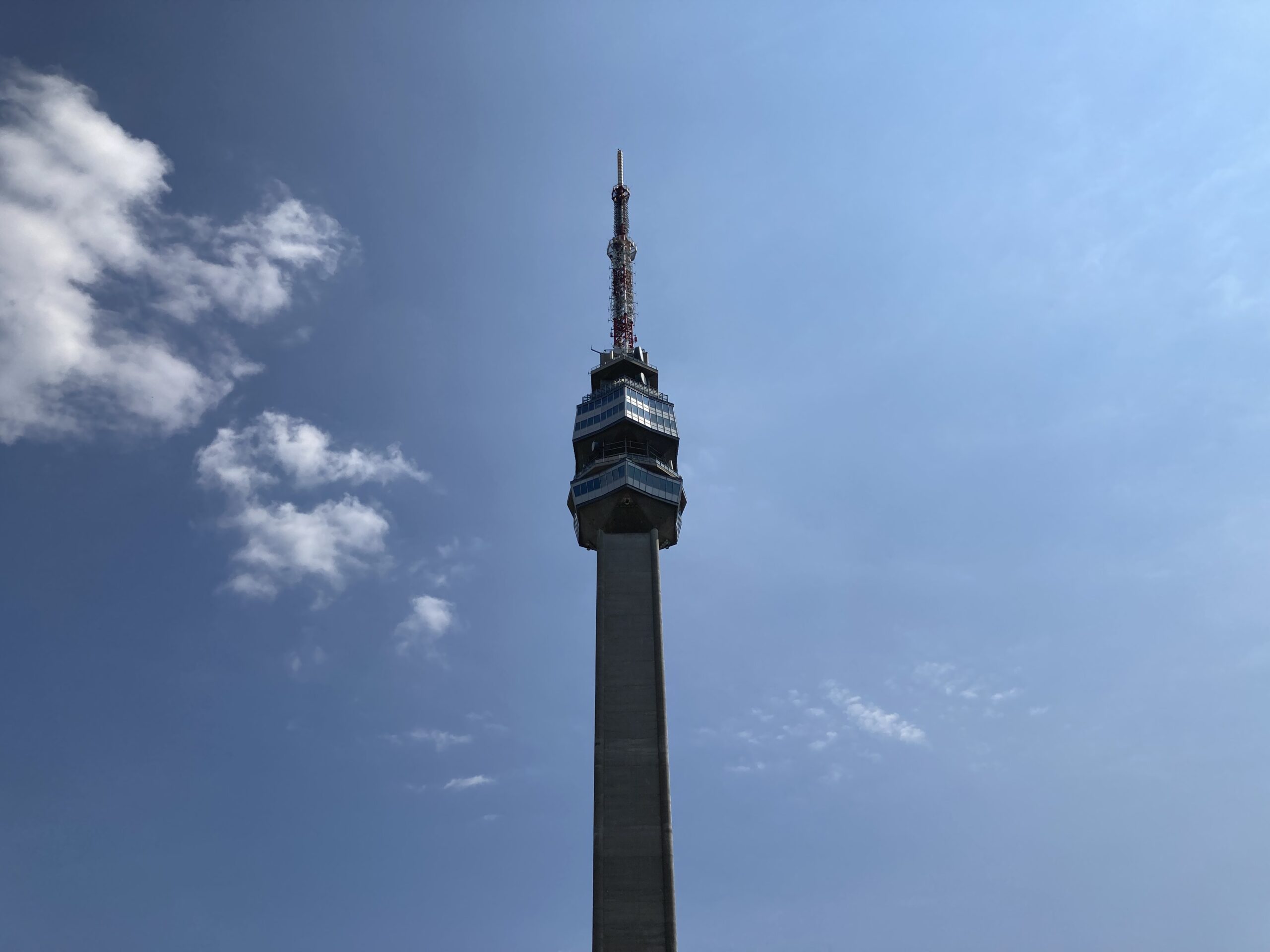
The hike up to the tower is magnificent on its own, as you enjoy some fresh air, not so far away from the city. The true gem that awaits you at the end, however, is not anything green, but something grey. The Avala Tower 2.0, is a reconstruction of the original that was built in 1965 but was later destroyed by the NATO bombardment in 1999. The new tower, an almost exact replica of the first, was completed in 2010. Though it is a simple radio tower, nothing is truly simple about this structure. When it was first built, not only was this brutalist beauty a state-of-the-art radio tower, but also the fifth tallest structure on Earth. It still is the longest tower in the Balkans. What really fascinates me about it is the fact that rather than being fully grounded in Earth, it basically gets its structural integrity from the three ginormous cement legs that it has, reportedly as a nod to traditional Serbian three-legged chairs, also known as a stolovača.
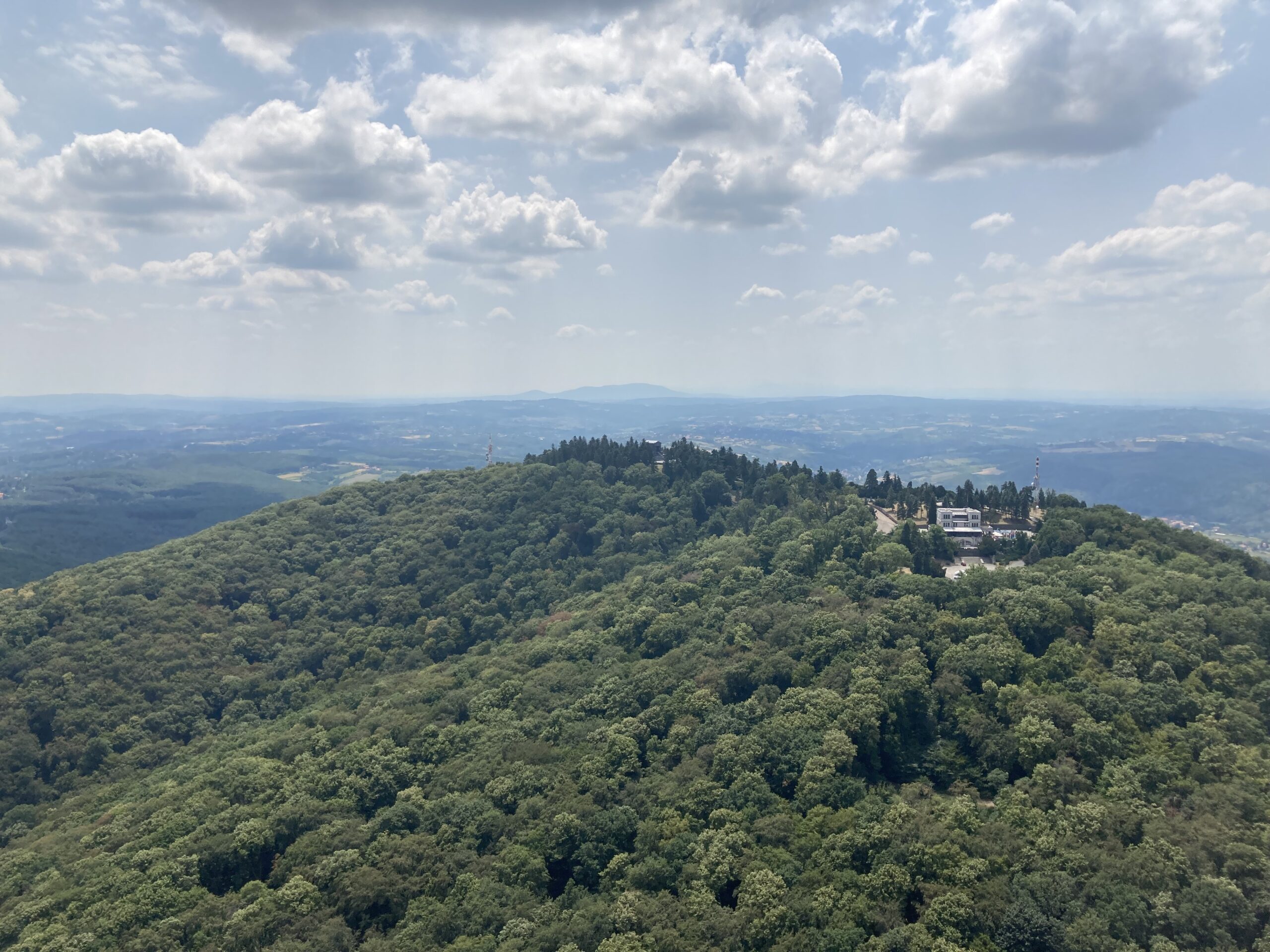
Before any of my readers ask, yes, you can in fact go up the tower and enjoy your time at the observation deck for a rather reasonable fee of 300 RSD. Views are nothing short of amazing, but a glass panel in between means that the photos you will take there will not be the best. My apologies for the lower than usual quality! This here is a shot of the Monument to the Unknown Hero from the top of Avala Tower, more on that monument in a moment!
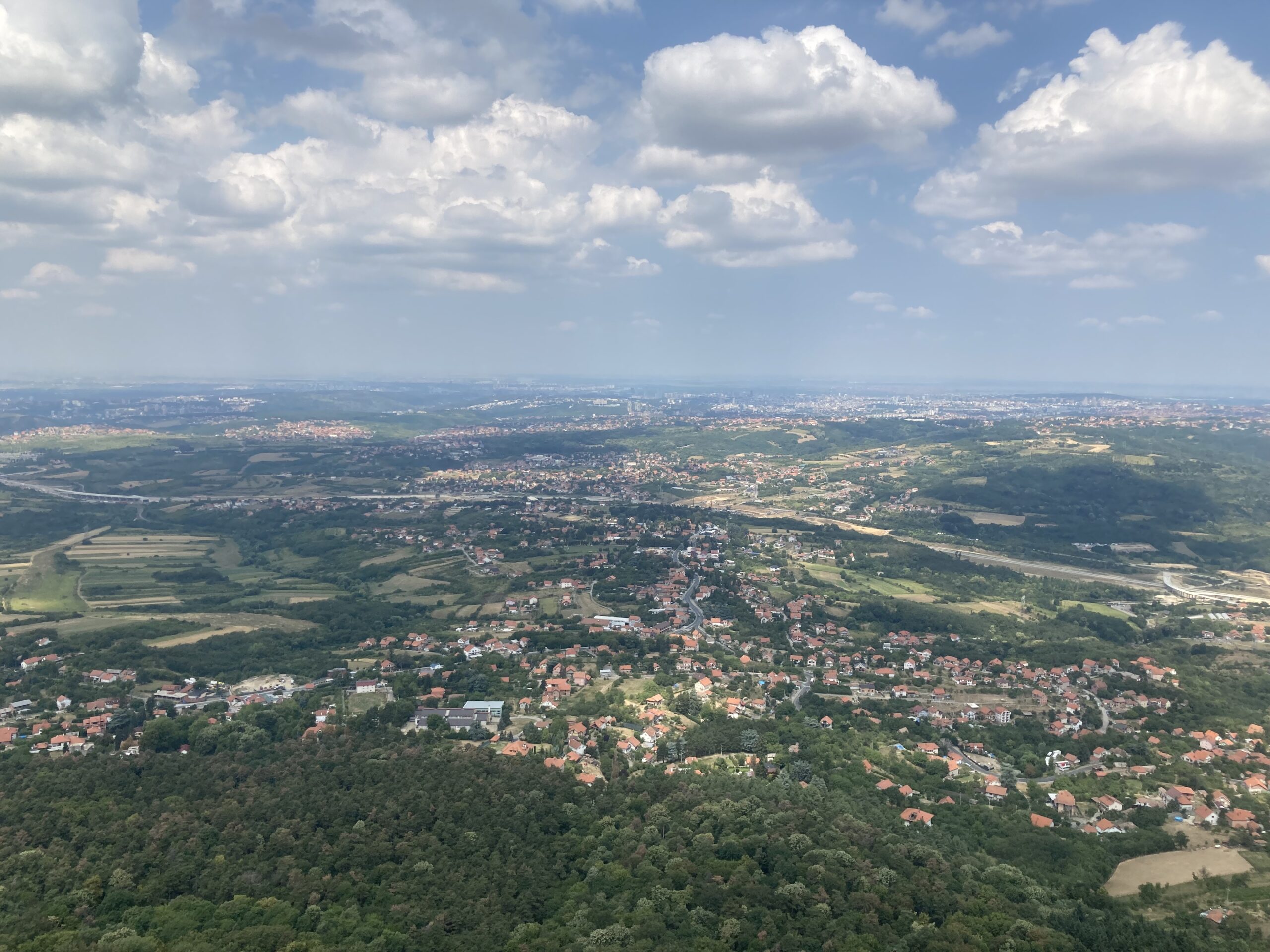
In days with clear skies, you can quite easily see the city of Belgrade. This was not one of those days. Admittedly, with my own two eyes, I could make out the confluence of Sava and Danube, and kind of see where Kalemegdan was. However, the smog made it hard to take a decent photo of it, and the aforementioned glass panel was hardly helpful. In any case, enjoying the Serbian countryside all the way up from the Avala Tower, seeing all its big and small towns and roads sure was an entertaining experience.
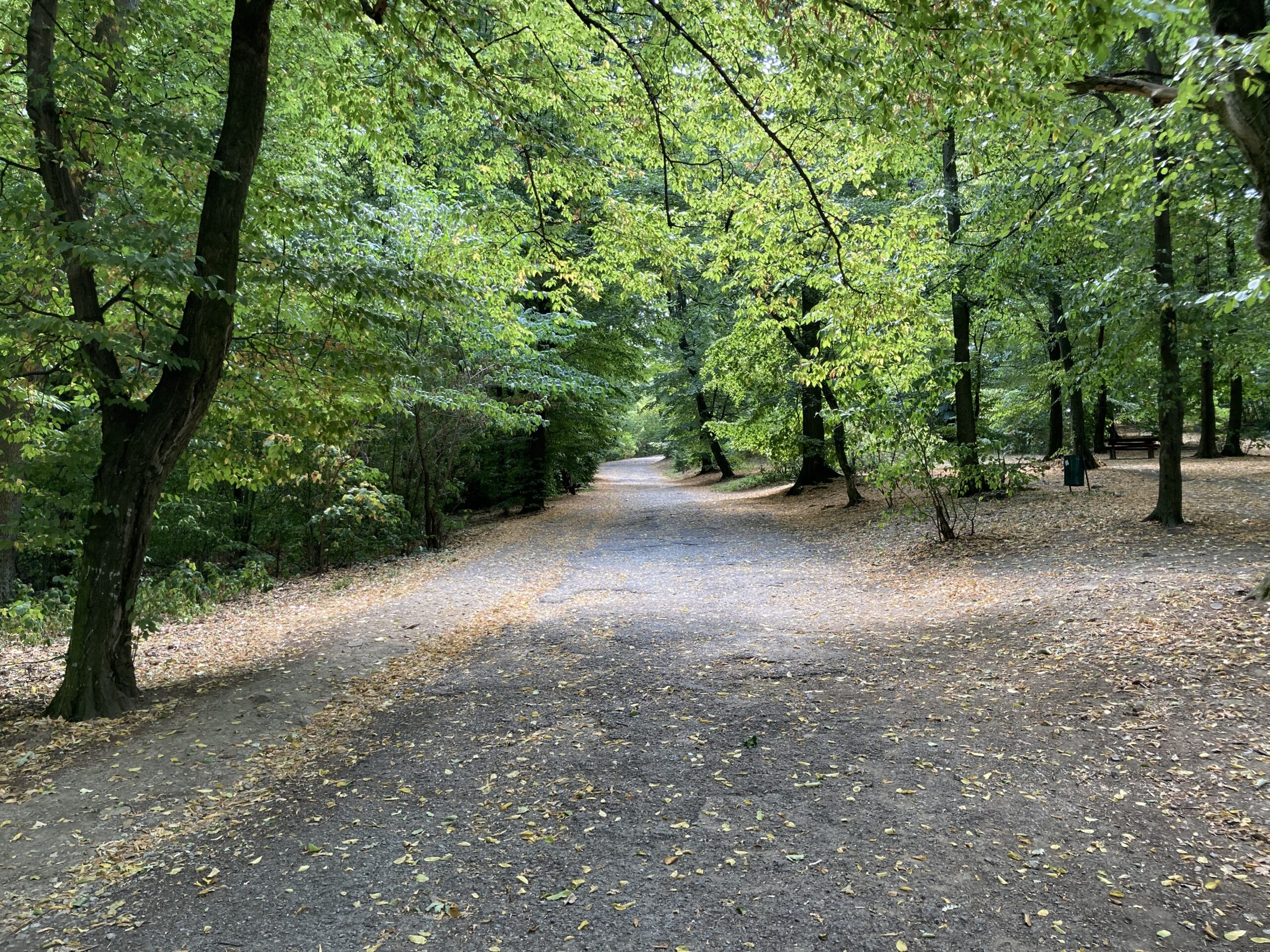
If you assume that your work is done atop the hill, assume no more as you must go further! There is still more climbing to do. A lovely road gets you uphill, to the very top of the hill to be precise. You will come across Hotel Avala on your way, but just keep going forward and you will eventually be greeted by the Monument to the Unknown Hero, a rather widespread type of monument in countries that survived the Great War.
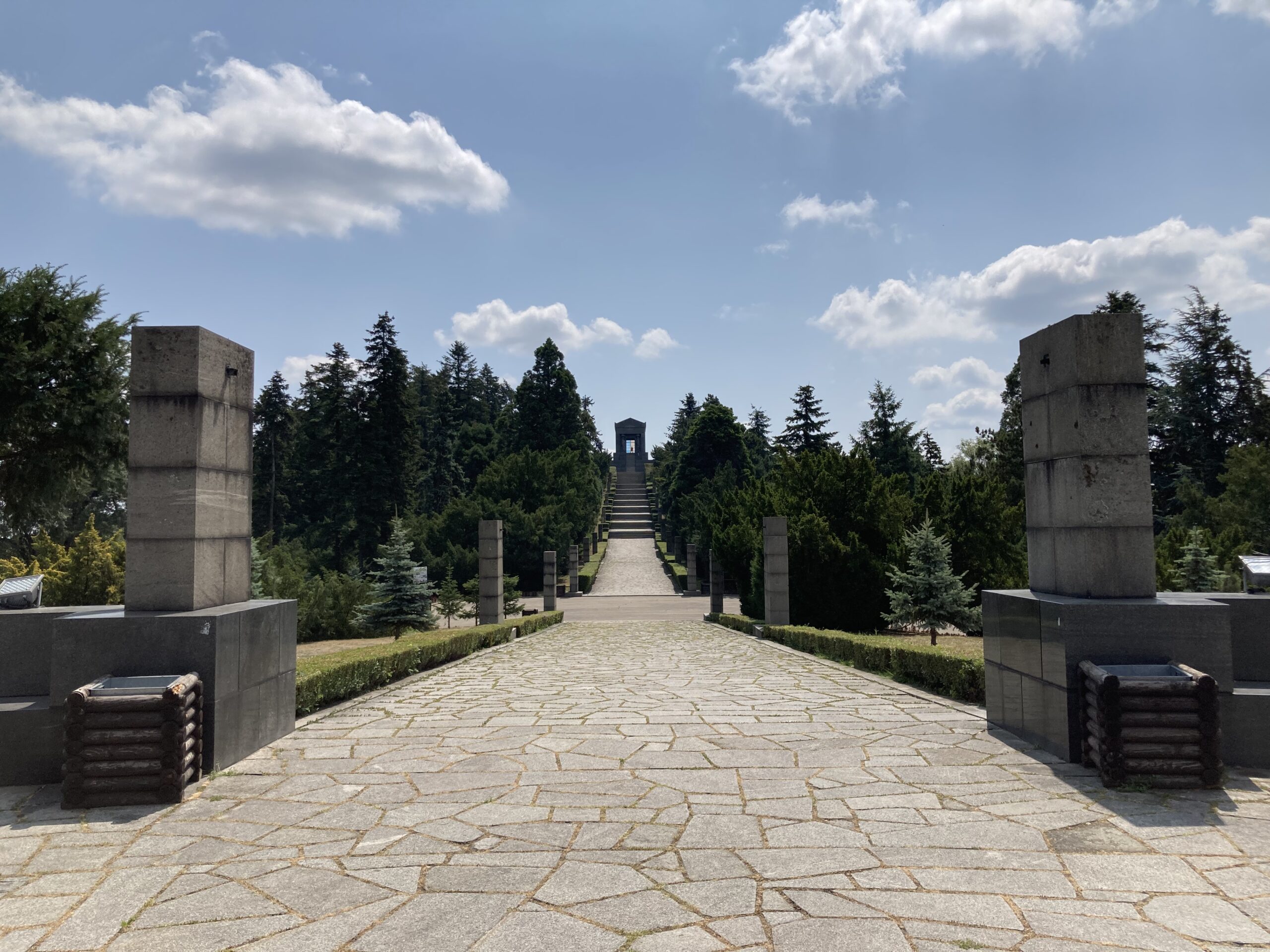
The Monument to the Unknown Hero is grand, and though simple, quite awe-inspiring as well. Literally situated on top of a hill, it embodies the respect given to those that lost their lives during the Great War, fighting for the particular Serbian state at that moment in time. Apparently, the monument went through a few different iterations, and its history is filled with conspiracy theories of all sorts, including one in which it is claimed to be a Masonic temple though it most likely is just another war memorial. Or is it? (!)
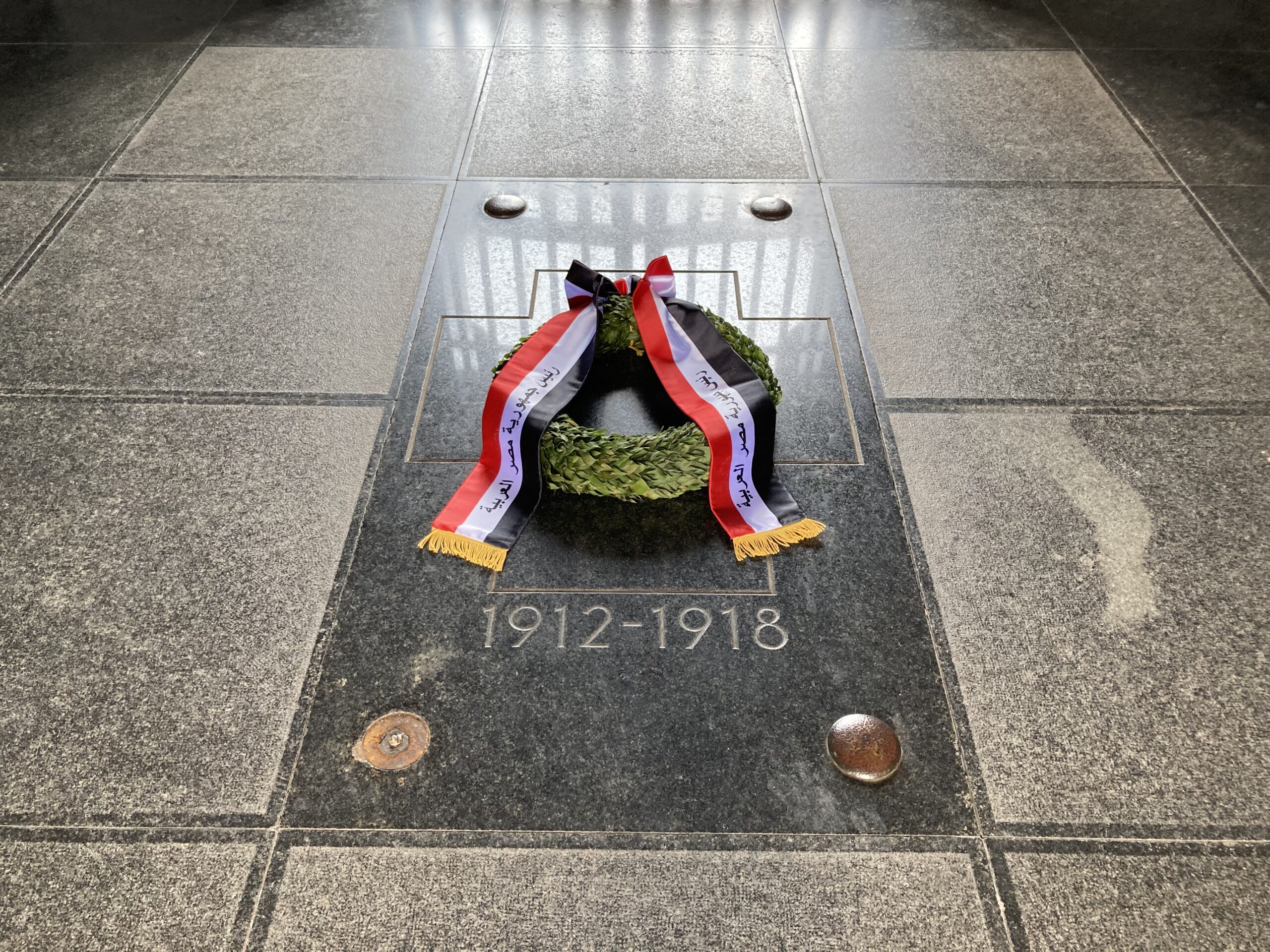
What surprised me the most about my visit to the monument was this flag. I am not entirely sure what it symbolizes, and the photos of this place that I have seen before often had a Yugoslav or Serbian flag in there instead. This was unique for sure and could be related to a diplomatic gesture of sorts that I am not aware of. Do let me know if you know anything about this flag or why it is there!
The “BLEAK” Belgrade: Brutalist Beauties of Belgrade
Not everyone may prefer trees over buildings, after all, the former often has a lot of bugs surrounding them, kind of devaluing them in the process for those that prefer not to be disturbed as they walk around. If you are one of those people, or you are just like me, who wants to see it all, then you are in luck because Avala is not the only “beautiful” site in Belgrade. For enthusiasts of brutalist architecture, this city is a playground. Its beauty is beyond words. Though one can attempt to list all the brutalist gems in the city, that would require someone that is more knowledgeable about the issue than me, given the fact that I merely spent ten days in the city. Here goes the two most important brutalist pieces of architecture that the city is often known for, just know that there is way more out there for those with an educated eye, and strong legs.
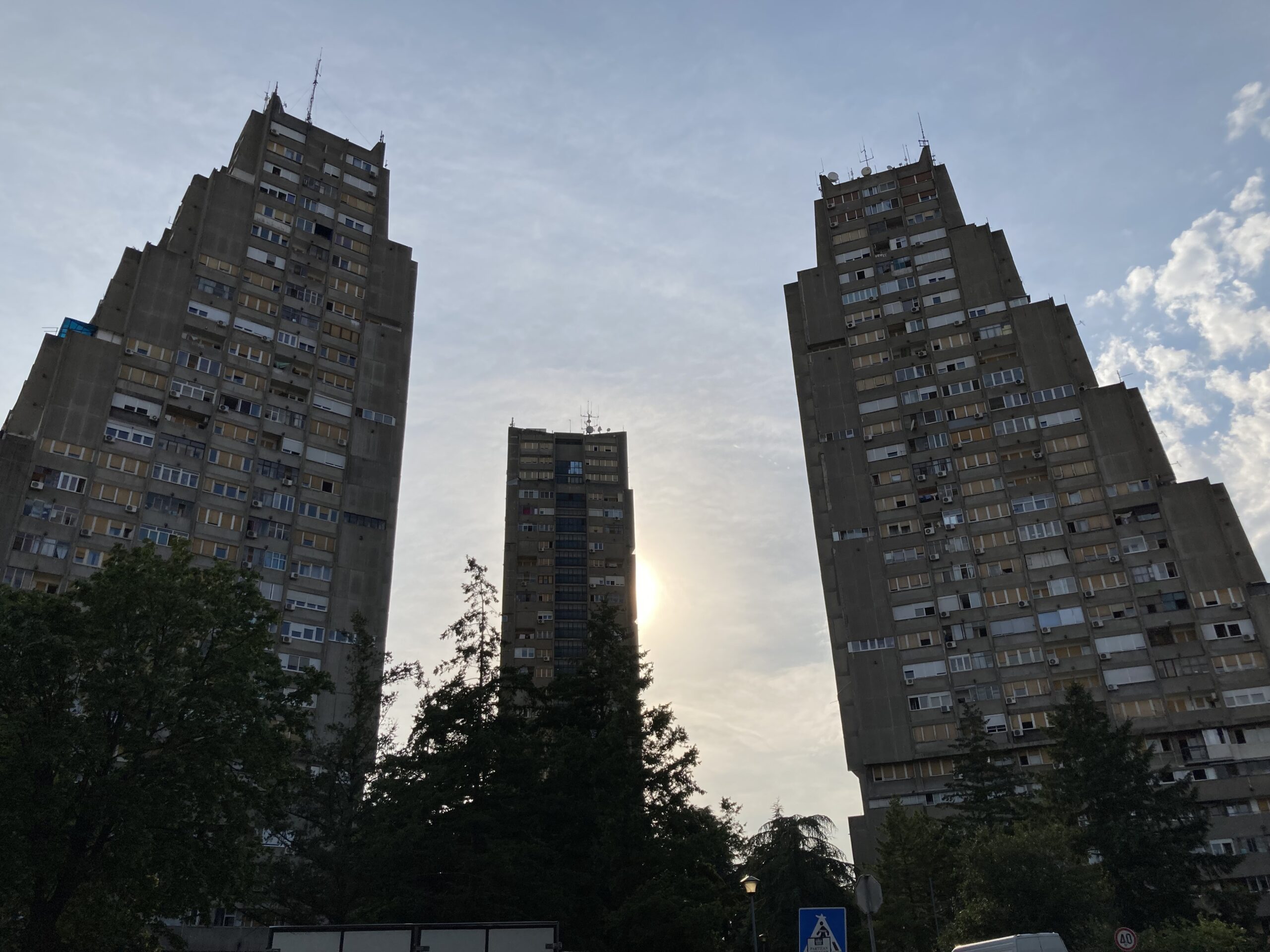
The so-called Eastern City Gate of Belgrade (officially known as Rudo) is a concrete complex featuring three residential buildings, all built in the brutalist style. They literally rise out of the ground and are in a huge contrast with the surrounding shorter buildings. They are grounded in a rather circular base, on which sits a park of sorts, and beneath it one can find some parking spaces. You can easily walk to this part of the town from the city centre in an hour or so, and that walk is so worth it! You basically get to see all the richer and poorer, newer and older parts of the city in one go, while never leaving the safety of shadows provided by tree-lined sidewalks. It may not be up everyone’s alley, but if you like brutalist architecture, make sure to visit it!
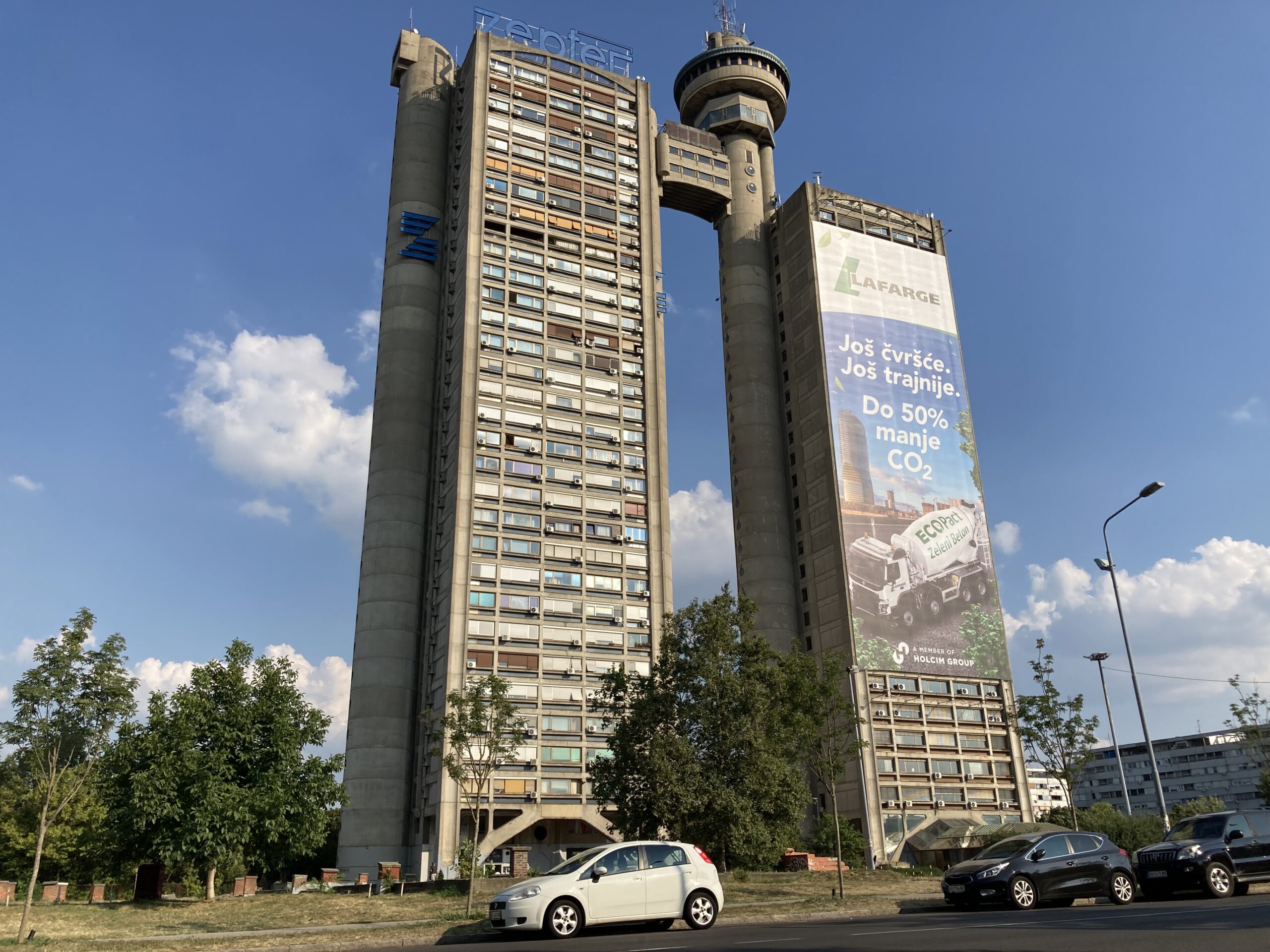
If “simple” housing projects are not to your liking, and that you are looking forward to something “extra,” you better make your way to the other end of the city, to its Western City Gate (also known as the Genex Tower). You better be there to see its might with your own eyes since passing in between two of its towers really does feel like being greeted into an entire city, hence the name, I guess. Unfortunately, some advertisements ruin one part of the structure on both sides, alas, one can still make out the important bits and pieces of it. The bridge in between seems to be operational, though apparently only one side of the structure is being properly used for residential purposes which explains why there are such huge advertisements (blocking plenty of windows) on one of the towers.
If you are not an outdoors person, or you just want to escape the sun’s deadly rays for a while in an exceptionally hot summer day, strolling around a park or an urbex adventure may not be the best option. In such cases, museums seem to be the best solution a very real problem. Come back next week to learn all about them!
